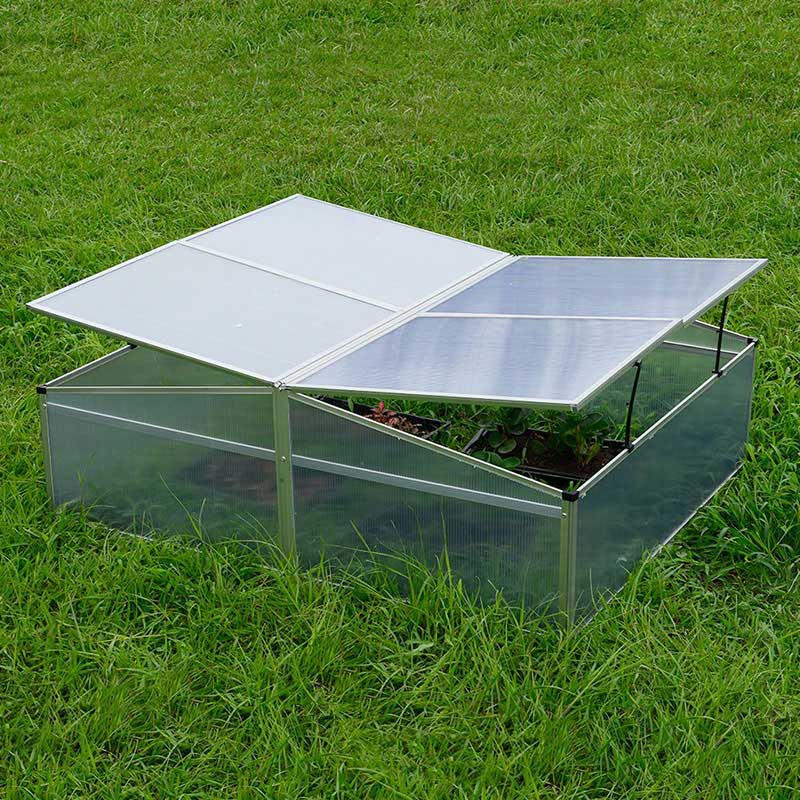Does the double mini greenhouse have vents or openings for air circulation?
2023-10-18
Many double mini greenhouses are designed with vents or openings to promote air circulation and regulate temperature and humidity levels inside the greenhouse. Proper air circulation is essential for maintaining a healthy growing environment for your plants. Here are some ways in which double mini greenhouses often incorporate vents or openings:
1. Roof Vents: Some greenhouses have roof vents that can be manually adjusted or automated. These vents are located at the top of the greenhouse and allow hot air to rise and escape, creating a natural flow of air.
2. Side Vents: Side vents or windows can be opened to allow fresh air to enter the greenhouse and help maintain a balanced temperature. These vents are usually placed on the sides of the structure.
3. Roll-Up Sides: Some greenhouses have roll-up sides that can be raised or lowered. This design allows you to adjust the height of the sides to control the amount of air circulation.
4. Louvers: Louvered vents are designed to let air in while preventing rain and direct sunlight from entering. They are often adjustable to regulate air exchange.
5. Mesh Panels: Mesh panels or netting sections can provide ventilation while also acting as a barrier against pests and insects.
6. Doors: Greenhouse doors can also serve as ventilation points. Opening the doors allows fresh air to enter and circulate within the greenhouse.
7. Exhaust Fans: Some larger or more advanced double mini greenhouses might have exhaust fans that help draw out hot air and maintain consistent airflow.
8. Automated Systems: Certain high-end models may include automated ventilation systems that use temperature and humidity sensors to open and close vents based on predetermined conditions.
When evaluating a double mini greenhouse, consider the ventilation options it offers and how they align with your needs. Proper ventilation helps prevent heat buildup, humidity-related issues, and the spread of diseases among your plants. It's important to balance air circulation with temperature and humidity control to create an optimal environment for successful plant growth.



